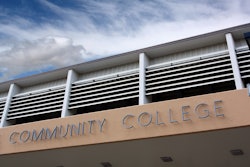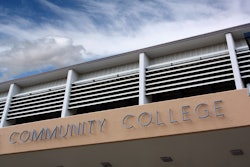College demographics shift will test readiness for diversity, institutional savvy.
As Dickinson College saw its annual applicant pool nearly double from 3,000 to almost 6,000 over the past decade, the student profile at the private liberal arts college not only grew academically stronger but more geographically, racially and ethnically diverse. “We significantly diversified our student body, both internationally and nationally. The academic quality has increased,” says Dr. Robert J. Massa, the vice president for enrollment and college relations at Dickinson College, located in Carlisle, Pa.
At Dickinson and hundreds of U.S. colleges and universities, this recent growth in the college-age population, a demographic trend beginning in the mid-1990s known as the “baby boom echo,” heightened the exposure and popularity of academic institutions. Many schools, such as Dickinson, saw expanded recruitment efforts meeting success because of the increased competition among students seeking college admission. Dickinson officials, however, say that while the baby boom echo years proved beneficial to the institution, they have prepared for the next era in U.S. higher education demographics.
This past March, the Western Interstate Commission for Higher Education (WICHE), with support from the ACT and the College Board organizations, spelled out in the report, “Knocking at the College Door: Projections of High School Graduates by State and Race/Ethnicity, 1992 to 2022,” the ending of the college-age population growth years made possible by the baby boom echo. Declines in the U.S. college-age cohort will follow 14 consecutive years of growth in high school graduates starting in the 2008-09 academic year. From 2008-09, projections reveal decreasing numbers of high school graduates with the trend bottoming out around the 2013-14 academic year and then gradually rising. The report also projects that racial minorities will become a significantly larger share of the college- age population.
“In the next decade, our nation will grapple with dramatic population changes. Many states in the West and South will struggle with explosive growth in both school enrollments and graduate numbers, while in the Northeast and Midwest, a high number of states will see declines as their populations age or move away,” says Dr. David Longanecker, the president of WICHE.
“The face of our graduating classes is also changing,” adds Longanecker. “Today, White non-Hispanics make up a shrinking proportion of public school enrollments and graduates, while students from other groups — including some who have not been served well historically by our school systems or our colleges and universities, particularly Hispanics — are seeing their numbers rise,” he says.















